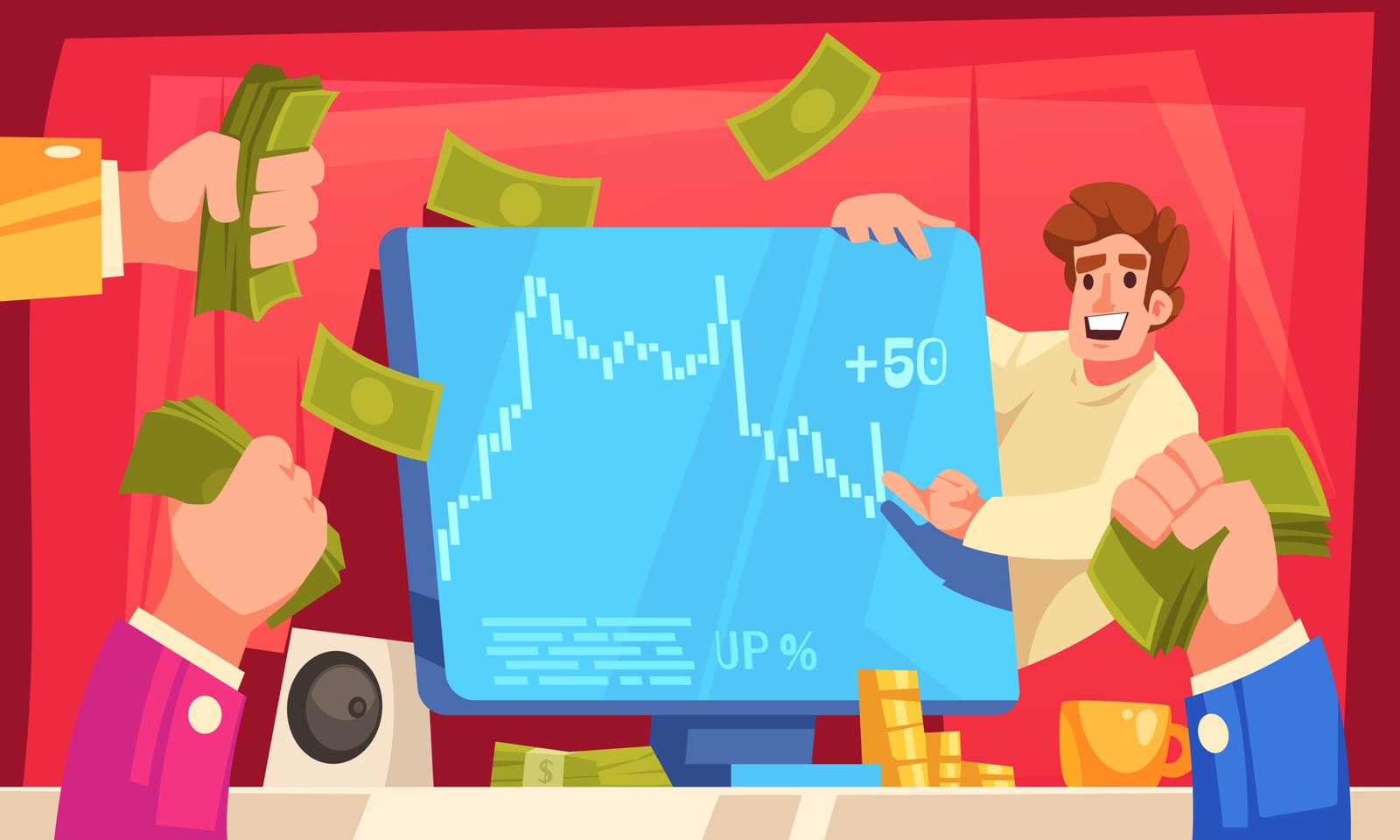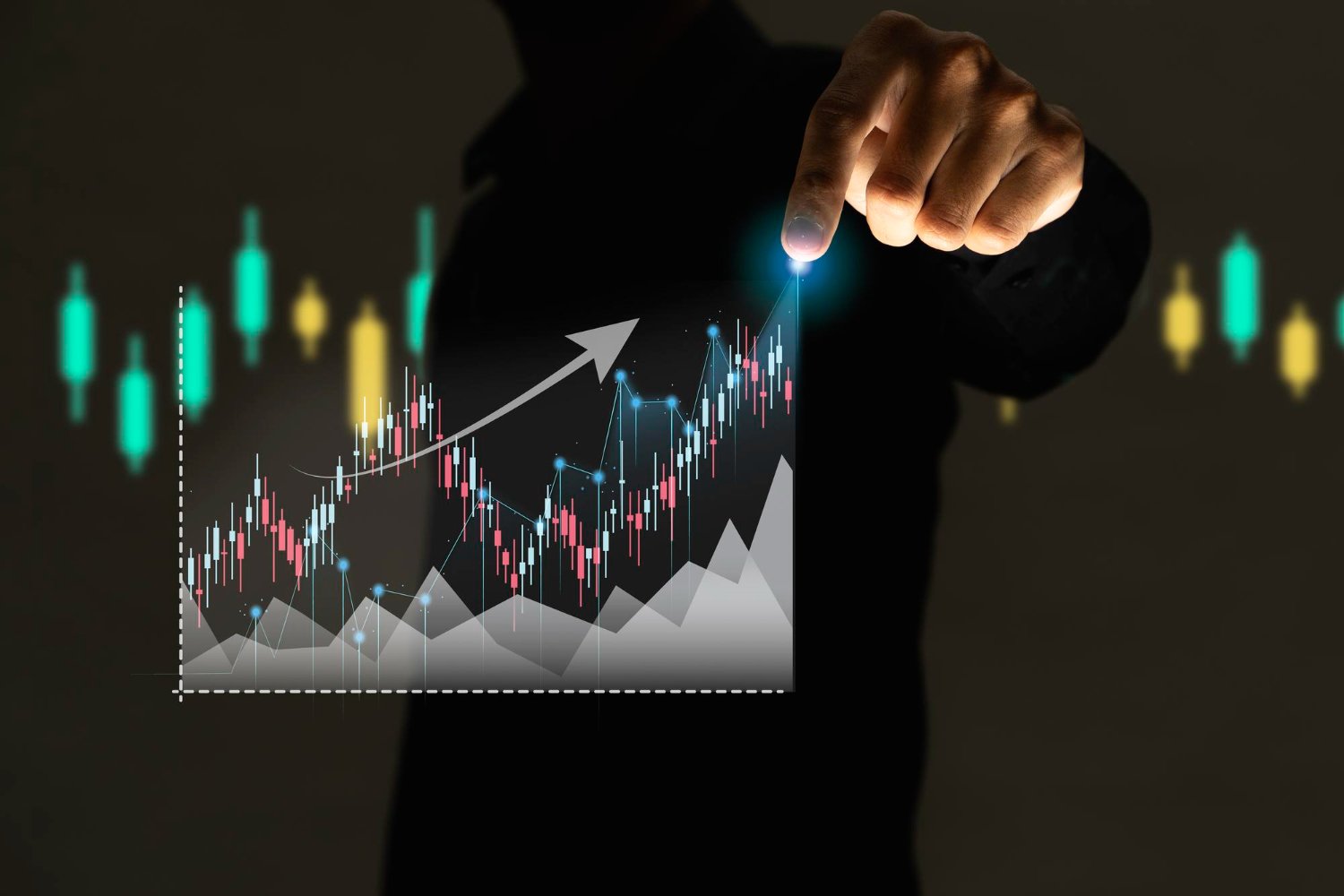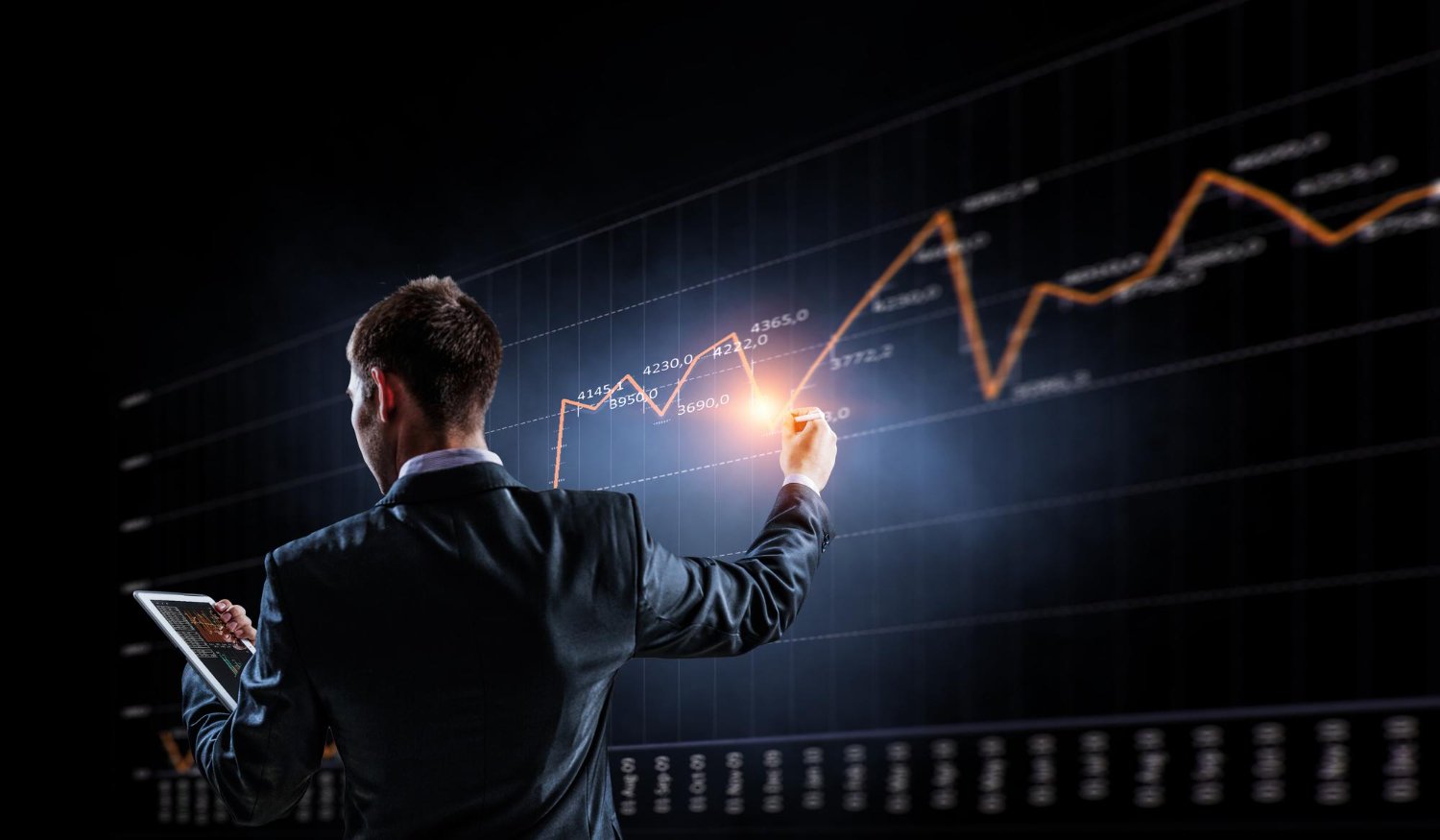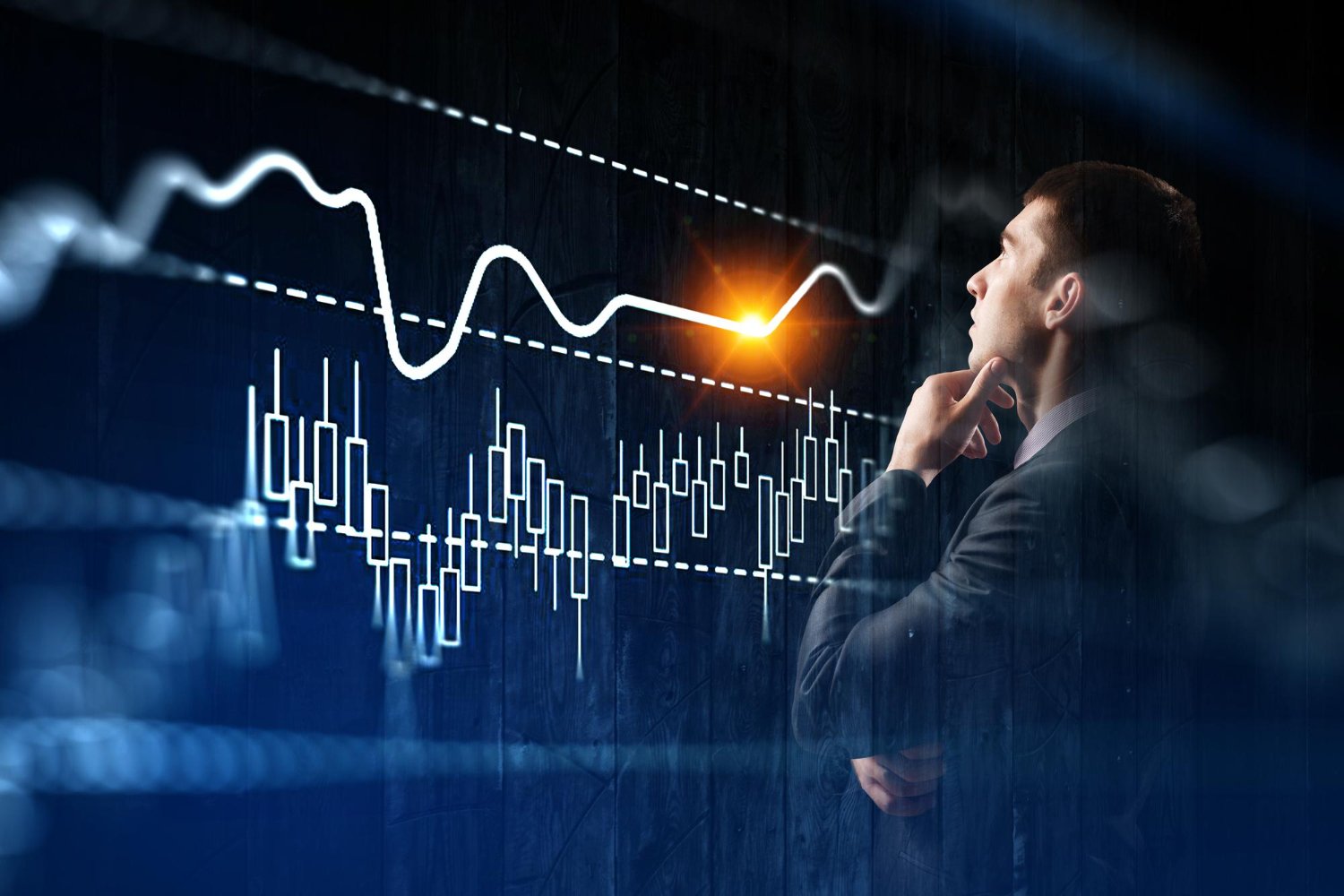Automated forex trading has quietly taken over the trading world! Nowadays, the majority of Forex orders are executed through automated trading systems. In fact, in the US, around 70% of daily transactions are made by these incredible systems! Learn how to create your own automated trading system in your trading terminal, activate it and then sit back and relax while it trades for you!
Automated Trading Systems: An Introduction
Automated trading systems, also referred to as algorithmic trading or robo-trading, use computer software to execute trades automatically based on the price charts of currencies and market activity.
An automated forex trading system refers to a computer program or algorithm that is designed to trade foreign exchange markets without the need for direct human interaction. These systems automatically execute trades based on predefined rules.
Trading with algorithms is like having a team of tireless experts working for you around the clock!
Forex Automated trading operate as follows:
- Strategy Development: Traders or developers craft a trading strategy based on technical indicators, price patterns, fundamental factors, or a combination. The strategy establishes rules for entry, exit, risk management, and position sizing.
- Risk Management: Automated trading systems include risk management rules to control trade size, establish stop-loss and take-profit levels based on the account’s equity.
- Data Analysis: Automated trading systems monitor and analyze real-time market data, including price movements, volume, and relevant indicators.
- Continuous Monitoring: Automated trading systems continuously monitor the market, opening and adjusting trades according to strategy. This includes modifying stop-loss and take-profit levels and automatically closing trades.
- Signal Generation: When the system’s criteria are met (e.g., an indicator reaches a specific level), the automated trading systems generate trading signals to buy, sell, or hold a currency pair.
- Order Execution: Upon generating a trading signal, this trading system automatically dispatches orders to the forex broker’s trading platform.
- Coding: The trading strategy is programmed using Python or a scripting language specific to the trading platform.
Automated trading systems aim to eliminate emotional and psychological influences on human traders, like fear, greed, and hesitation. Automated systems can also process vast market data more efficiently than human traders. However, it’s crucial to rigorously test, monitor, and have contingency plans in place for optimal performance.

What is the Need for an Automated Trading in Forex?
There are several compelling reasons and needs for developing and adopting automated trading, including:
- Speed and Efficiency: Automated systems execute trades faster than humans, capitalizing on quick market opportunities and reducing volatility impact.
- 24/5 Monitoring: Automated systems operate nonstop, executing trades even when the trader is offline or asleep.
- Emotion-Free Trading: Automation removes emotional biases, ensuring trades follow preset strategies rather than impulsive reactions.
- Diversification: Automated systems improve forex diversification across multiple markets, spreading risk and potentially boosting performance.
- Reduced Errors: Automation eliminates human errors resulting from fatigue, distraction, and miscalculations.
- Backtesting and Optimization: Systems allow historical strategy testing, identifying flaws, and refining approaches before real-time deployment.
- Consistent Strategy: Automated systems strictly adhere to predefined strategies, minimizing errors caused by human deviation or biases.
- High-Frequency Trading Access: Automated systems excel in high-frequency trading, executing rapid trades impossible for humans.
- Risk Management: Incorporating risk controls like stop-loss orders safeguard capital against unexpected market movements.
- Complex Strategy Implementation: They process complex data and implement intricate strategies using technical indicators and historical trends.
The future of trading belongs to those who harness the intelligence of machines!
When selecting an automated forex trading, it’s crucial to consider the following factors:
- Suitability: Automated trading systems differ in speed, performance, programmability, and user-friendliness. It’s vital to choose a system aligned with your trading goals and preferences.
- Features and Advantages: Not all automated trading programs offer the same features and benefits. Some may be more comprehensive and effective than others. It’s essential to research and compare various options to find the best fit for your trading requirements.
Notable platforms for automated forex trading encompass MetaTrader 4 and MetaTrader 5, providing access to diverse markets and the ability to trade using expert advisors (EAs).
Best Automated Forex Trading Software: MetaTrader
Whilst there exists a variety of trading platforms that cater to automated Forex trading, the most widely used platform globally is MetaTrader. Both MetaTrader 4 and MetaTrader 5 provide traders with access to an extensive array of markets all from a single platform. Furthermore, they come with advanced charting capabilities.
These platforms also support Expert Advisors (EAs), which enable automated trading execution. This is why some traders regard MT5 and MT4 as automatic trading software. Adding an Expert Advisor to your MetaTrader chart is a straightforward process:
- Choose the chart where you intend to implement an EA.
- Access the “Navigation” panel.
- Expand the “Expert Advisors” section, then the “Advisors” submenu.
- Pick your preferred EA and either drag it onto the chart or double-click to apply it to an MT4 or MT5 chart.
- Input the desired parameters in the popup window.
- In the “Common” tab, mark the “Allow Automated Trading” option.
Optimizing an MT4 or MT5 Expert Advisor involves these steps:
- Press Ctrl+R to open the strategy tester.
- Choose an indicator or MT4 EA to test.
- Select the trading symbol (instrument) of your choice.
- Define the time frame on which the EA will function.
- Specify the spread that the EA will use to replicate past positions.
- Activate the “Optimization” checkbox.
- Click “Expert properties” to personalize your MetaTrader optimization.
To analyze a MetaTrader Optimization Report:
Once the optimization concludes, navigate to the results in the ‘Optimization Results’ tab. You can arrange the various results according to parameters like:
- Profit
- Total number of automated trades
- Profit factor
- Expected payoff
- Drawdown in dollars
- Drawdown percentage
- Input parameters
Select the most favorable outcomes to identify the parameters that best correspond to the tested time period.If you haven’t done so already, download MT4, a free trading platform, often available through your broker.
How to Build an Automated Trading System in MetaTrader?
Creating an automated trading system in MetaTrader involves several steps, including defining your trading strategy and writing code using MetaQuotes Language 4 (MQL4).
The 10-step process is outlined below:
- Define Your Trading Strategy: Establish your trading strategy with entry and exit conditions, risk management rules, and any other parameters you wish to include.
- Learn MQL4 Basics: Learn how to write custom indicators and trading robots using MQL4, the programming language used in MetaTrader (Expert Advisors). On MetaTrader, you can find documentation and tutorials about MQL4.
- Use MetaEditor: For MQL4 coding, MetaEditor is the integrated development environment (IDE) provided by MetaTrader. Create a new Expert Advisor script or custom indicator in MetaEditor based on your trading strategy.
- Write the Code: Write the code for your trading strategy in MQL4. Make sure your strategy includes functions for entry and exit conditions, money management, and other logic.
- Backtesting: Backtesting your trading system with historical data is crucial before you deploy it on live markets. By doing so, you can evaluate the performance of your strategy in the past.
- Optimization: You may need to adjust parameters after backtesting to optimize your trading system. It is important not to over-optimize, as this can lead to curve-fitting and poor performance in live trading.
- Forward Testing: Once your backtesting results are satisfactory, conduct forward testing on a demo account.
- Live Testing: Test your trading system on a small account with a small amount of capital if your forward testing results are promising.
- Continuous Monitoring and Maintenance: After your automated trading system goes live, it is important to monitor its performance continuously.
- Stay Informed: Stay informed about MQL4 developments, market news, and new trading regulations.
For a successful automated trading system, master both trading strategies and programming. Begin with simple strategies, progressing to complexity with experience.








Leave a Reply
You must be logged in to post a comment.